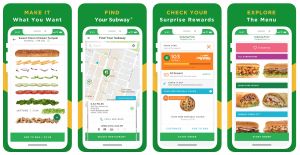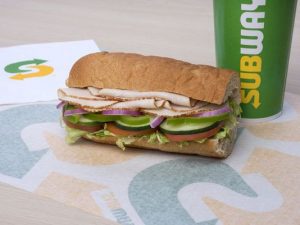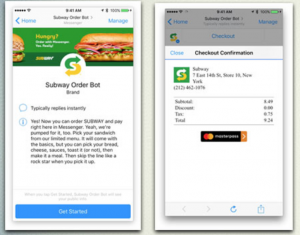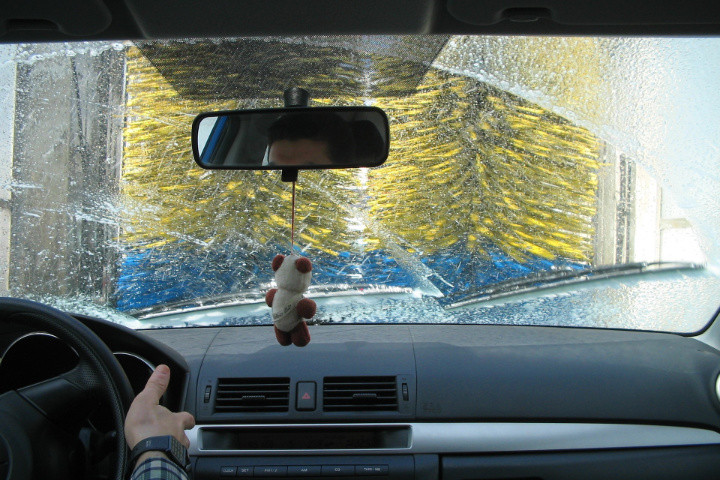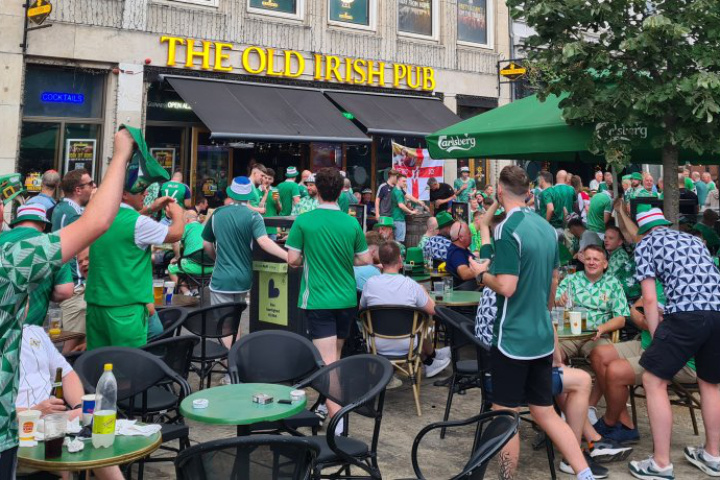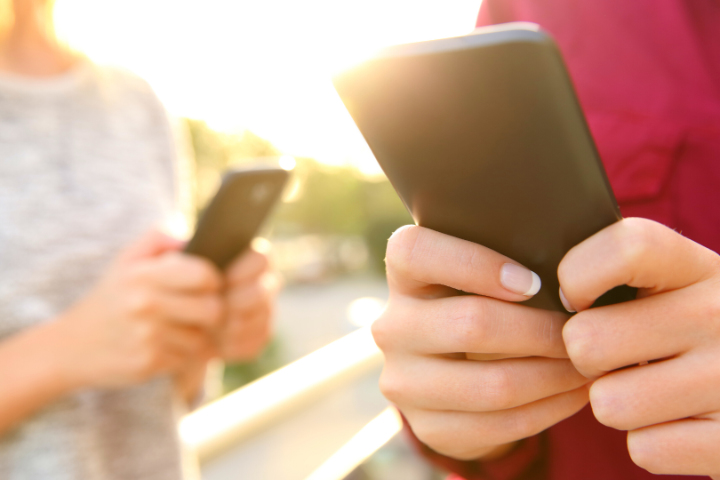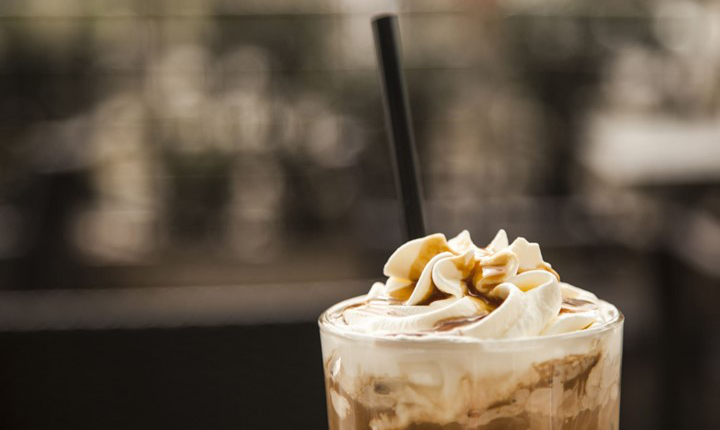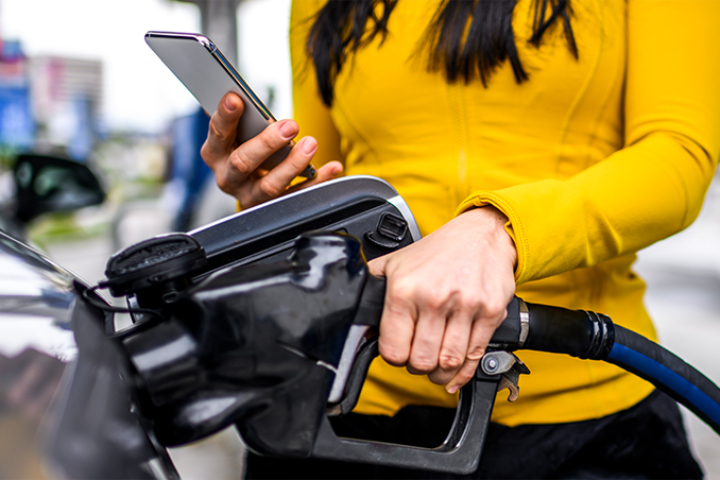When the world’s largest restaurant chain launches a new loyalty programme in over 28,500 stores, we’re intensely keen to understand their approach, and the thinking behind it, and see how consumers and key stakeholders respond. Subway’s “MyWay” Rewards programme was launched in March 2018 against a backdrop of declining revenues with US sales falling 4% in 2017, so a new digital strategy supported by a compelling loyalty programme was a key opportunity alongside menu and operational improvements that could really boost the restaurant chain’s fortunes.
As a 100% franchise-owned business, a key success factor was its appeal to store owners as well as consumers, so six months after it launched, we are reviewing the programme and the response it’s had to date.
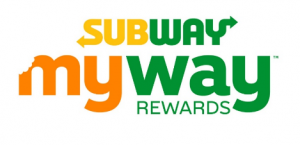
Structure and Strategy
- Subway My Way rewards consumers’ dollar spending rather than purchase or product transactions that had been used in its previous programme. This follows one of the biggest loyalty industry trends in recent years, seen across many industries including airlines, as well as others such as Starbucks.
- Instead of “points” – Subway is using the term “tokens” for its loyalty currency.
- Customers earn 4 tokens per dollar spent.
- The programme is led by digital but still includes an in-store card option for tracking the customer’s account.
- When customers have reached 200 tokens ($50 spent), they are automatically awarded a $2 reward to spend in-store – a 4% reward rate to the customer.
- Reward vouchers are valid for 90 days and can be used flexibly against any product in-store.
- Customers are given a personal reward on their birthday (once that data is supplied).
- Subway has also announced “surprise and delight” rewards – which will be added to the customer’s account “from time to time.”
- The new MyWay programme is available in all of its stores – over 28,5000 mainly in the US and Canada. This is much more widely accessible than its previous “SubClub” programme which was discontinued due to stamp card fraud and makes the new programme the largest in the quick service industry.
Subway MyWay Rewards in the App Store
Response and Reaction:
Both the increased availability of the programme throughout its store network and its digital accessibility have been welcomed, however, the response to the programme so far has otherwise been mixed.
While the reward after $50 allows the brand to reward its customers more quickly and frequently than others, the “surprise rewards” are intangible, leading influential commentators such as Mashable to describe the programme as “confusing”. Consumer reaction has also been mixed – with criticism in particular for the ninety-day expiry of the $2 dollar reward.
And most importantly, the franchise community claim that the financial benefits of supporting the programme have not been well enough proven in order to justify their individual contributions and investments in it. So what are the lessons and learnings so far for the programme?
Lessons and Learnings:
No matter how good a loyalty strategy is, no programme has enough power to compensate for core business challenges. Subway franchise owners achieve an annual turnover in their stores of $417,000 on average (compared to McDonald’s stores achieving on average of $2.68 million), so the product mix, brand positioning and business strategy have some fundamental underlying challenges that will need to be resolved once a new CEO is appointed.
However, loyalty programmes ARE highly effective when truly customer-focused, so key elements that are not being well received – such as its policy of 90 Reward validity – could easily be improved in response to customer feedback. This would be a relatively inexpensive change – and one that would give the brand the opportunity to improve its PR both internally and externally. Even in my view, the terminology of earning “tokens” could be simplified to “points” – which is more in line with industry and consumer understanding of loyalty programme benefits.
More importantly, the “surprise” treats and rewards could drive engagement in much more effective ways. While surprise rewards are hugely well received by anyone who is chosen to receive one, from a communications perspective, this strategy is one that many loyalty professionals have struggled with. Customers don’t get excited about rewards that “might’ be added to their wallets. Instead, the same reward budget could be offered through a game mechanic that at least gives members the opportunity to play and engage with the brand. While they might not win, the fun factor and opportunity to be involved in the “chance to win” does drive overall connection and further positive communication with members.
The Future is Digital
It’s clear that customers’ tastes are changing – not only in food preferences but also in their need for speed and simplicity. The brand is evolving its core product menu to offer “made-without-gluten” options in certain restaurants, and operationally they have also implemented exciting digital solutions that are critical to winning customers.
In-store options such as touch-screen kiosks make ordering easier on site, while the Subway app includes the ability to pre-order for express pick-up, as well as the opportunity to pre-load a card to the app for faster payment. Even more innovative, Subway has launched new technology channels such as its Facebook Messenger Bot which makes it simple to order sandwiches right from the social media platform – appealing to the massive installed base of over one billion people using Messenger. At this very early stage in its use as a marketing platform, messenger bots are experiencing powerful results – with open rates of 98% being quoted. It will be fascinating to watch how brands like Subway choose to market outbound to their subscribers, as well as accept inbound orders.
With this direct focus on digital alongside other key business improvements, we are watching with interest in the hope that Subway enjoys much more of the incredible success it achieved in the past to achieve its market-leading global footprint and hopefully remain a market leader for many years to come.
Subway Order Bot in Facebook Messenger
About Us:
Liquid Barcodes is a leading global loyalty technology company specialising in the convenience store and food service industries. Our proprietary cloud-based technology platform allows retailers to create and manage their digital marketing campaigns with a proprietary process we call the “customer connection cycle’ to engage, promote and reward customers’ activities in real time across digital and media channels.
How we do it:
We have developed the most advanced loyalty and digital marketing technology platform specifically for convenience stores and food service retailers globally.
Retailers use our self-service dashboard to create and manage loyalty-driven marketing campaigns that increase purchases with their existing customers, as well as effectively target and acquire new customers through partners or paid media channels.
One core component of live loyalty is gamification. We have gamified branding, loyalty and promotions. We believe this approach is essential in order to get customers’ attention and ultimately truly engage them with repeatable actions thereby winning their loyalty.
Check out some of our exciting/proven results here:
About Me:
Paula Thomas: MBA. Certified Loyalty Marketing Professional (CLMP).
Chief Content Officer, Liquid Barcodes and Independent Loyalty Consultant.
With over twenty-five years of marketing experience, I specialise in loyalty marketing consulting, managing consumer loyalty propositions, strategy and operations. In addition to working with Liquid Barcodes, my clients have included Telefonica O2, Three Mobile, Electric Ireland, Allied Irish Bank and The Entertainer, as well as Avios – the global points currency for some of the world’s top airlines. I am also a judge for the Loyalty Magazine Awards.
—————————————————————————————–


